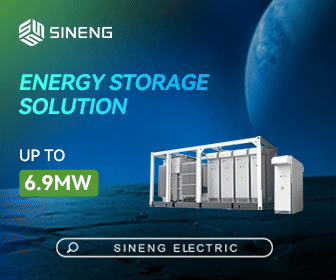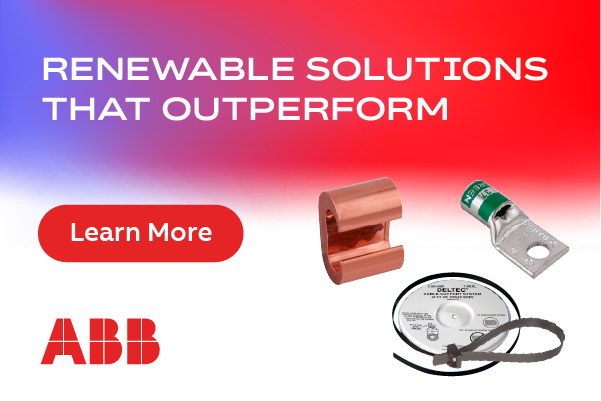ESS Welcomes New CEO Eric Dresselhuys
 By way of introduction, here's a recent Q&A with Eric:
By way of introduction, here's a recent Q&A with Eric:
What attracted you to ESS?
A lot! Having spent over 25 years working on grid modernization, clean energy and decarbonization, it's long been clear to me that long-duration storage of some kind was going to be key to maximizing the value of renewables and to building flexibility and resilience into the electric grid. Current storage solutions have helped prove that concept, but they are too limited to address the emerging needs, particularly as the level of renewables penetration grows.
Second, I appreciate the fact that our iron flow technology does not have any of the downside risks inherent in other technologies. Our batteries are not toxic, they won't explode, and they perform for a really, really long time. These characteristics are very important and will become highly valued by the market in this next phase of the energy transition.
Third is about the team. What's been accomplished to date is quite impressive, but the knowledge base that's been built over the last decade is incredibly valuable. There is real technical and market depth here.
Why is ESS positioned to win vs. lithium and other technologies?
I don't view this as an iron flow vs. lithium question, or iron flow vs. any other specific technology or chemistry. The fact is, there is a massive need for storage and the list of specific use cases is really broad. So it's unlikely that any one technology will be able to address every use case that exists today or is likely to emerge in the future.
Just as I don't think iron flow batteries are appropriate for consumer electronics or electric vehicles, I don't see many other technologies that are well-suited for long- duration, grid-scale storage. Specifically, I believe that longer-duration applications require a very different approach.
So, our goal is to get more units in the field and show what we can do across a wide range of applications. The market really doesn't know about us broadly and they certainly have only a cursory understanding of what this kind of technology can do. Once they do, I think you'll see a major shift in how people design, procure, build and operate storage.
How might your Silver Spring Networks experience help as you start up at ESS?
Of course ESS is its own company, with its own history and future to write, but there are definitely some similarities. Silver Spring spent its first five or six years in a pure R&D mode, because building cool and innovative solutions is hard. But once we had a scalable, high-functioning solution, we were able to shift gears and go make the market happen. Like ESS, Silver Spring faced an incumbent set of competitors that had "trained" the market to think in a certain way, but we knew our approach was superior. Once we became better known and field-proven, things started to take off. Over just a few years, we became the leading Smart Grid technology provider, had grown globally, and expanded our offerings to a number of adjacent applications. I see the potential for all of that to happen here. Of course, performance and execution will be the number one determinant of achieving that success.
What are your priorities over the first months on the job?
We have a lot under way at ESS. First priority for all of us is delivering on our customer commitments, which will allow us to show what we can do. Second, given the growth in front of us, I want to make sure that the team has the resources, structure and planning in place to keep us all on-mission. Finally, I want to get us tightly focused on educating the market about the important role that LDS and ESS will play in helping realize our sustainability goals.
ESS is entering a truly exciting period. Having gone through this before, I can tell anyone that it is incredibly exciting, a little bit exhausting, but one of the greatest experiences you can have in your career. I hope everyone is as fired up as I am to get on with it!
ESS | https://essinc.com









